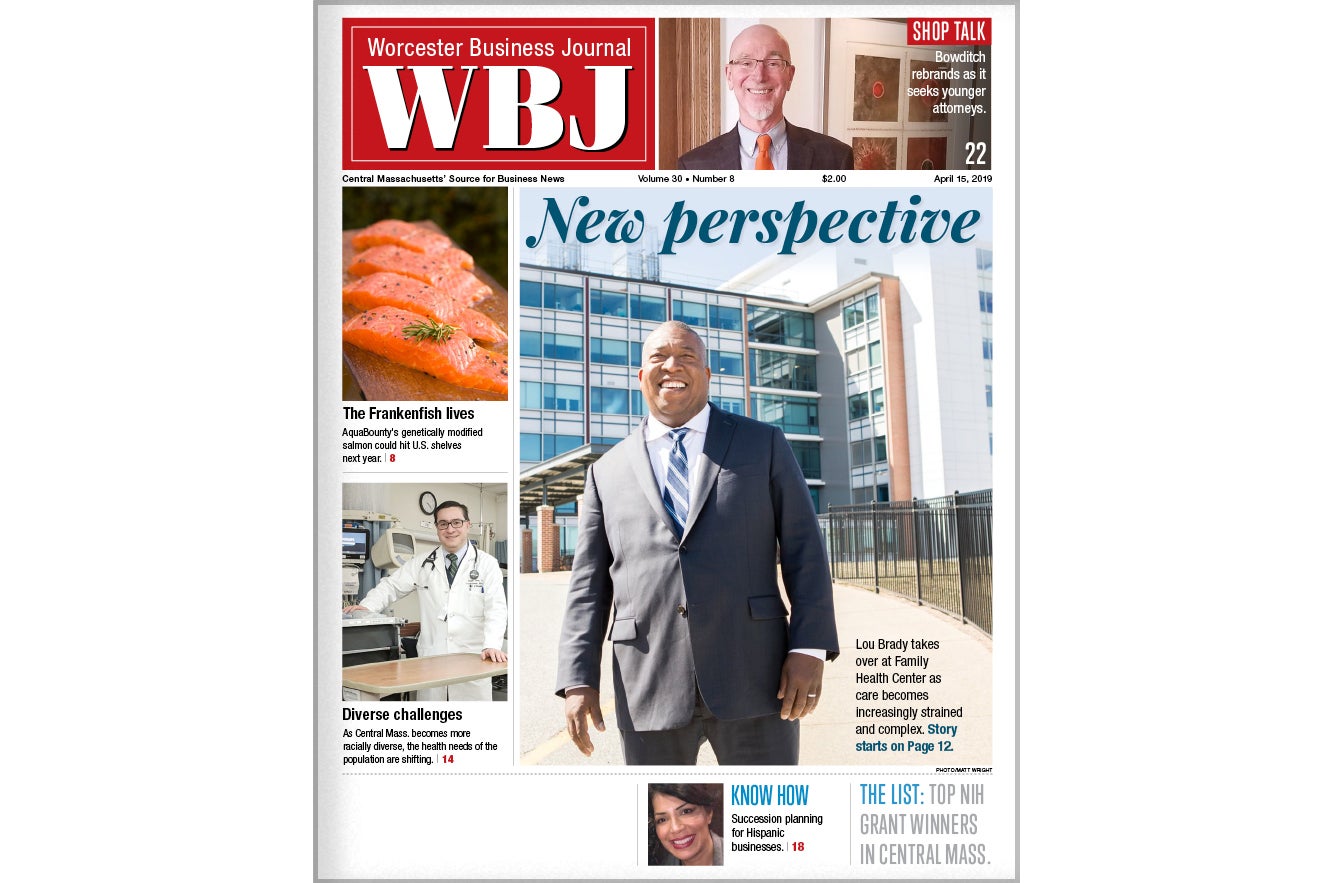The Primary Problem | A shortage of family doctors has implications for patients far beyond the waiting room
 Photo/Edd Cote
SHORT SUPPLY: Dr. Robert Lebow says primary care physicians like him are a dying breed.
Photo/Edd Cote
SHORT SUPPLY: Dr. Robert Lebow says primary care physicians like him are a dying breed.
Dr. Robert Lebow, a solo practicing internist and geriatrician in Southbridge, had a choice when he graduated medical school. He could have pursued a career in a specialty field like dermatology or surgery. But instead, he chose to become a primary care physician.
“If I had gone into a specialty field, I would be making a multiple of what I’m making now,” Lebow said. “I’m 66. I’m not going back to get retrained.”
Now, Lebow is worried about the future of primary care as a medical career. Fewer doctors than ever are making the same choice Lebow did decades ago, creating a shortfall of primary care physicians.
“We dinosaurs are a dying breed,” Lebow said. “Kids who are doctors just aren’t pursuing the career.”
Salary Gap
Hospitals are starved for physicians. According to a workforce study by the Massachusetts Medical Society, three-quarters of community hospitals reported a shortfall of internal doctors. Another 46 percent reported a shortfall of family doctors.
Meanwhile, when there is a low supply of doctors, patients have trouble accessing medical care. That leads them to use more expensive and unnecessary alternatives, such as the emergency room.
And doctors like Lebow feel overworked and underpaid.
Many doctors point to the income discrepancies between primary care physicians and specialist doctors as the reason for the shortage. A family doctor this year was paid an average of $175,000, which is about 65 percent less than an invasive cardiologist, who earned $490,000, according to a compensation report by Merritt Hawkins, a Texas-based physician placement and consulting agency. A pediatrician made $180,000, 40 percent less than an anesthesiologist who earned $330,000.
And when medical students graduate with an average of $155,000 worth of debt, they tend to pursue higher-paying careers.
Some doctors say a drastic change is needed in not only the way care is provided, but the ways doctors are compensated to address the shortfall of primary care physicians.
While the physician shortfall is a problem in the medical field today, it hasn’t always been that way.
In the mid-1990s those in the medical profession were expecting a managed-care system to evolve in which primary care physicians would be “gatekeepers” for medical care, according to Phillip Miller, vice president of communications for Merritt Hawkins. Under the managed-care model, doctors would send patients to specialists for treatment they could not handle themselves. The idea was to limit the number of surgeries and tests being performed.
Instead of managed care, however, a fee-for-service compensation model prevailed that compensates doctors based on the services provided.
“When you’re working in a system of volume rather than quality, then you get results designed to produce the most work,” said Dennis Dimitri, vice chair of the department of family medicine and community health at UMass Memorial Health Care in Worcester.
Rules Of Attraction
The payment system is just one problem leading to the shortfall, many doctors say. Another culprit could be that medical students are not excited about primary care careers. There is a stigma around primary care medicine, according to Miller of Merritt Hawkins. Medical school students don’t view the primary care profession as being as prestigious as other specialties and therefore don’t want to pursue those careers.
The lack of practicing primary care doctors has also meant fewer resources have been devoted to technological advances in the field, further reducing the field’s appeal to budding doctors, according to Dimitri.
Meanwhile, practicing primary care physicians said the shortfall of doctors, coupled with increased demand, has created a frenzied atmosphere. State and national health-care reform has increased the number of patients seeking doctors, but there are not enough physicians to serve them.
The rushed environment, according to Robert Jandl, chair of the adult medicine department at Southborough Medical Group, can create a negative experience for medical students who do tours of primary care practices.
“Primary care physicians are running as fast as they can to get through as many problems as fast as possible,” Jandl said. “Trainees sense that.”
To fix the problem will require a transformation of the system, Jandl said.
“No one is going to pay us more to do what we were doing yesterday,” he said. “In a way, it’s about negotiating a new pact with society.”
There are ideas of how to change the system. For example, both Jandl and Dimitri see promise in a “patient-centered medical home” approach, which is a results-oriented system that rewards doctors for patient outcomes instead of the number of procedures performed. A team of primary care doctors work together with some specialists to control an entire population’s health. Electronic medical records and e-mail are used to communicate with patients about status updates and healthy living.
Medical schools can play a role, too. While they can’t do much to change the income discrepancies for primary care physicians, they can help students address post-graduate debt.
At the University of Massachusetts Medical School in Worcester, graduates have an opportunity to have up to two-thirds of their debt forgiven through a work service program. Miller, of Merritt Hawkins, is encouraged by the payment reform movements and programs at medical schools. But he warned about the potential downside. It’s important to not discourage specialty care professions, he said.
“What these specialists do is really difficult and they need to be compensated accordingly,” Miller said. “When you or a loved one actually goes under the knife for a surgery, you’re not as inclined to quibble about how the doctor is being paid and you’re more worried about the procedure actually being done correctly.”








0 Comments